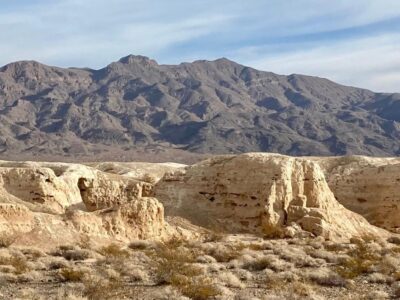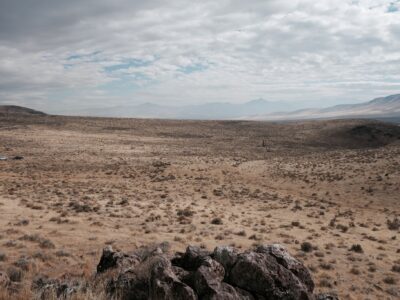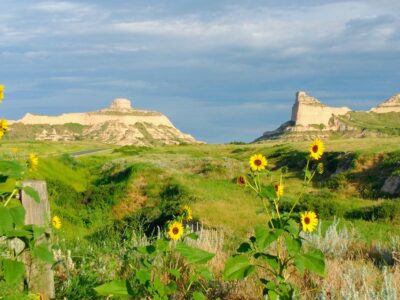When travelers think of Florida — the “Sunshine State” — many images spring to mind. Some may close their eyes and see crashing waves on pristine beaches, warm Gulf waters rolling slowly to shore, the giant orb at Epcot Center, or the massive asphalt track of the Daytona Speedway. Others think of the dense and seemingly never-ending Everglades swampland or the swimsuit-clad patrons of South Beach moving along to the Latin-inspired rhythms.
All of these are undeniably Floridian, to be sure, but there is so much more to the southernmost state on the Eastern seaboard than white-sand beaches and theme parks.
Florida is rich with a cultural history that rivals any state in the Union. The oldest settlement in America can be found at St. Augustine. The territory was owned by the Spanish and French for decades and was on the front lines of the conflicts between white settlers and Native American Tribes.
Florida’s impact on the country is as prevalent today as it was yesterday. For those interested in its historical significance, the state preserves many of its treasures in its National Monuments.
Read on to learn more about the state’s past in these four destinations:
Fort Matanzas National Monument: The main feature of this monument dates back to the mid-18th century and still stands today. The Coquina watchtower — at what was once Fort Matanzas — was completed in 1742 and was a central point of defense for the Spanish fort from the approach from the south. Today, the monument and the area upon which it sits preserves more than 300 acres of Florida coast, including sand dunes, marshes, and forest areas that protect innumerable endangered species. Visitors can learn more about the fort’s history or take in the grounds and surrounding trails. This site has something for military buffs and nature lovers visitors alike!
Photo Courtesy Carol Highsmith, Library of Congress/NPS
Castillo De San Marcos National Memorial: This spot boasts that “America Begins Here,” and in a manner of speaking, that’s true! The home of the first-ever masonry fortification in North America, the Castillo de San Marcos National Memorial in St. Augustine, Florida, has seen more than 450 years of change. Visitors today can still walk along its high walls and gaze out at the mighty Atlantic to be transported back to another time. Curious visitors are welcome to visit one of the fort’s many exhibits to learn more about its history. For instance, the first-ever “Thanksgiving” celebration took place here between the Spanish and local Indigenous Tribes 56 years before the Pilgrims made landfall at Plymouth Rock. More incredible nuggets of historical value await all who visit the Castillo de San Marcos National Memorial.
Photo Courtesy NPS
Fort Caroline National Memorial: The Spanish weren’t the only early settlers colonizing the territory known today as Florida. Indeed, the French also made settlements there. One is still preserved on the ground of the Timucuan Preserve near Jacksonville: Fort Caroline National Memorial. While a short-lived settlement dating as far back as the 15th century, Fort Caroline was influential in the eventual settlement of the territory as a whole, and the memorial offers a glimpse into the struggles, triumphs, and everyday comings and goings of those who lived and thrived here centuries ago. The exhibits also look into what life was like for the Timucua people who lived in the area centuries before European settlers arrived. The spot is truly something to see!
Photo Courtesy NPS
Kennedy Space Center Space Mirror Memorial: A different type of memorial awaits visitors interested in space travel at this memorial in Merritt Island, Florida. For decades, humanity has been reaching farther and farther into the vast expanse of space, the final frontier, to better understand the universe. There have been great successes and wisdom gained from these valiant pursuits. There have also been unimaginable losses. The Space Mirror Memorial commemorates those solemn losses forever. On its highly polished granite face, the site bears the names of 24 astronauts, including the Apollo 1, Challenger, and Columbia astronauts who gave their final sacrifice to the pioneer spirit of space exploration. This memorial stands so that those names are never forgotten and honored for generations to come.
Photo Courtesy NASA/Jim Grossmann





